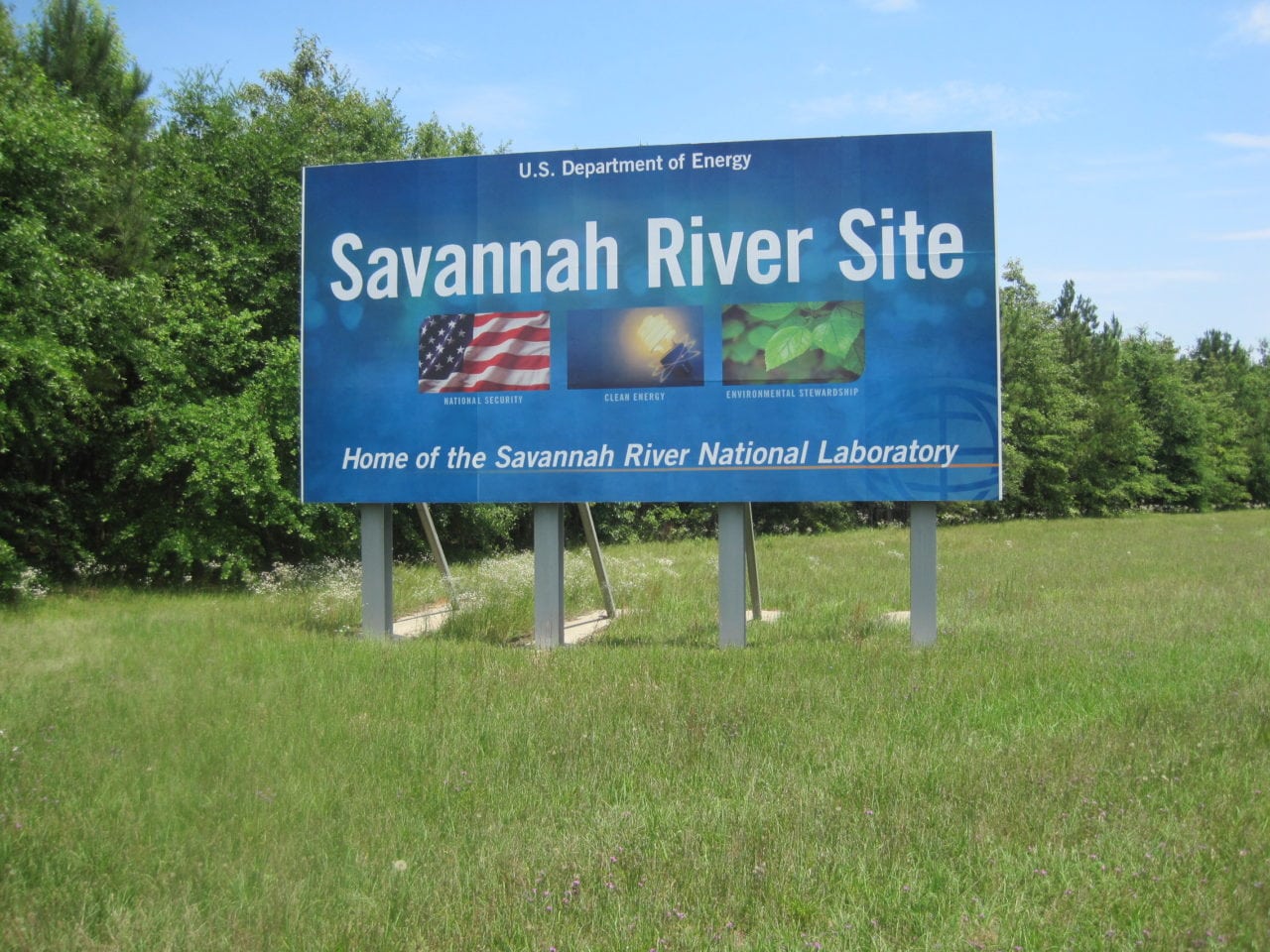
Nuclear Security & Deterrence Monitor Vol. 23 No. 29
Visit Archives | Return to Issue PDF
Visit Archives | Return to Issue PDF
Nuclear Security & Deterrence Monitor
Article 1 of 10
July 19, 2019
SRNS Gets at Least 14 More Months at Savannah River

The Fluor-led Savannah River Nuclear Solutions (SNRS) will continue managing the Department of Energy’s Savannah River Site in South Carolina for up to three more years, the agency announced Thursday.
The contract extension includes a 14-month base worth $1.5…
Partner Content